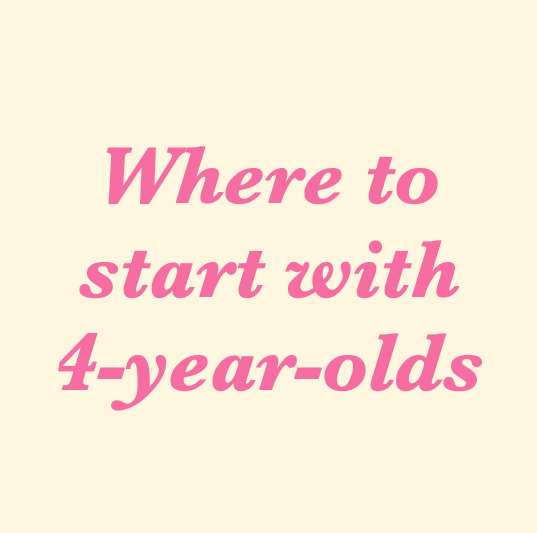Homeschooling Three Girls
Question:
Good evening I have recently completed my AMI 3-6 Guide training and have three daughters at home ( 6 months, 2.5 and 4 years) and I have started setting up our basement with the intention to homeschool and wanted a bit of guidance as the space is not a typical classroom size. I’m leaving most of the practical life work upstairs near the kitchen but wanted to create sensorial language and math downstairs.
Answer:
Congratulations on completing your training! We have guidance on setting up many areas of the classroom (that I'll link below) that may help but, of course, everything will have to be adapted for your space (just as in any environment).
My first question is if you'll be able to invite any other children into your homeschool. I know you know that the mixed-age group is an essential part of the program since the children learn from and teach each other as much as if not more than the adults guide them.
Next, depending on the abilities of the children, you may not need to have all of the materials out at the same time. For example, if no one is ready for the bead cabinet, you can keep that away until they start their golden bead work. I wouldn't put the pink tower away, though, or the red rods since they are integrally connected with the math program. So, think about the materials that way. If they provide indirect support for a future material, keep them out if you can even if they're not being regularly used.
You may want to take a moment to read our blog posts on Setting up the Environment and What do I need. Those should help you build your vision for what you want your space to look like.
Ideally, you would want the practical life area in the same area as the rest of the environment. But, people have to use the space they have while they keep the vision of an ideal space in mind. So, don't worry about this. Read our blog post about the practical life area and think about how you can incorporate those activities into your kitchen. The key is to keep everything accessible so your children can access what they need without help. For example, if you have a learning tower that can remain in front of your sink during the work cycle, you may be able to present dishwashing in your sink instead of in basins. Does that make sense?
We have a few resources for language, starting with our blog post on setting up the language area. Next, read our blog post on the Montessori Language Program. Then, you may want to get our e-book. With language (and cultural), if you plan on rotating materials, you don't need nearly as much shelf space. You may want one basket/tray/cloth pouch for two sets of vocabulary cards, one set of matching, one for 3-part cards, etc. Then, keep those same containers but change the materials every week or so. You can also get by with a subset of the metal insets but be sure to keep all the sandpaper letters out (phonogram too).
We also have a blog post with details and ideas for the sensorial area. I haven't had a moment to write a guide for Math yet but hopefully these other resources will get your inspiration going.
Let us know if you have specific questions and good luck!








Leave a comment
This site is protected by hCaptcha and the hCaptcha Privacy Policy and Terms of Service apply.